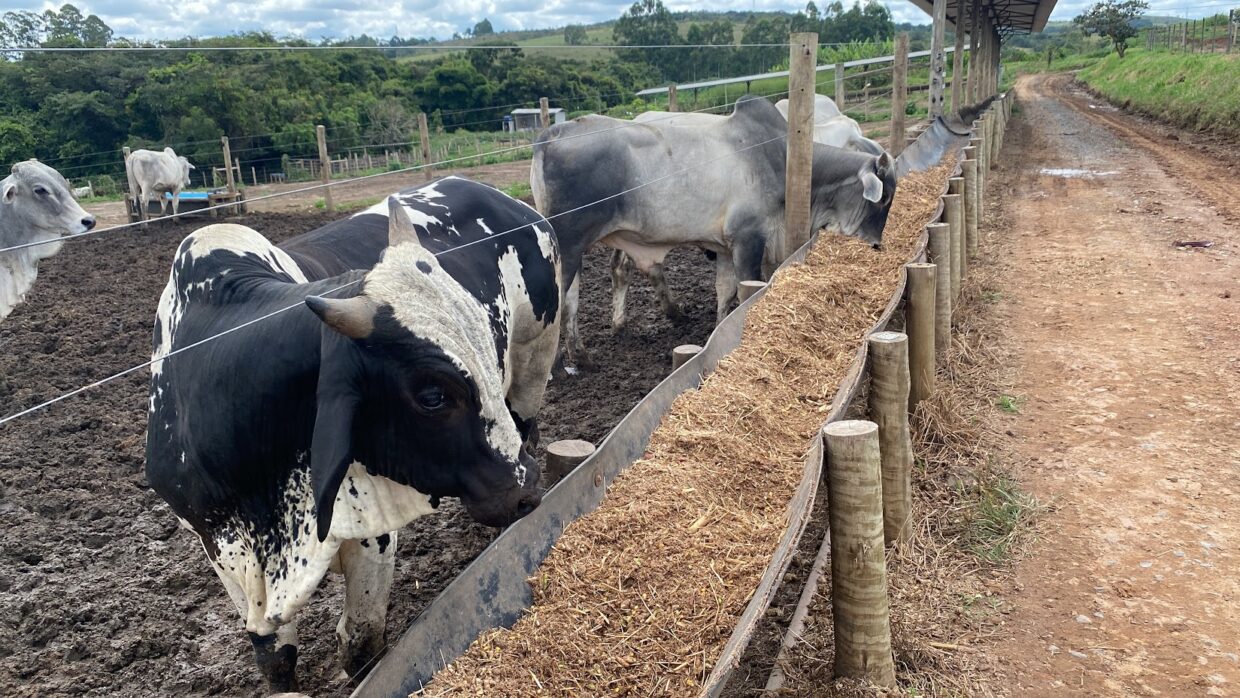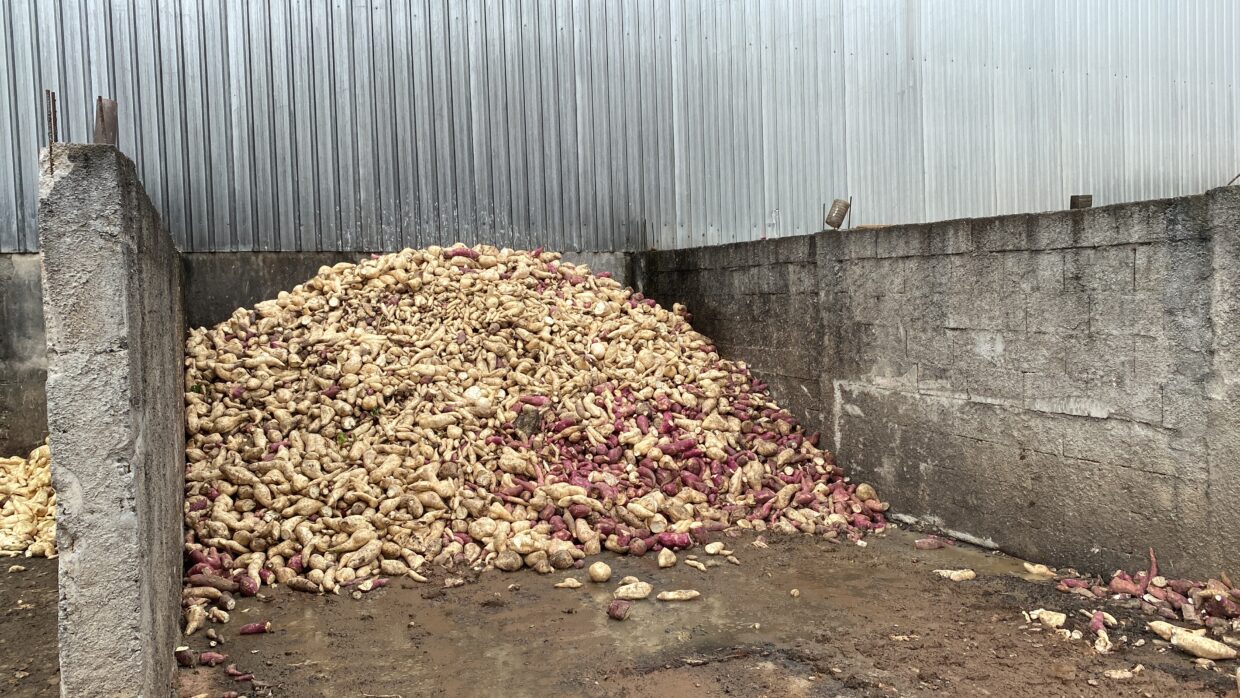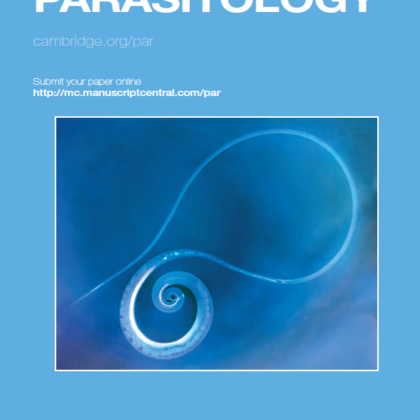Circular agriculture practices enhance phosphorus recovery under tropical conditions.
The paper “Circular agriculture practices enhance phosphorus recovery for large-scale commercial farms under tropical conditions“, published in The Journal of Agricultural Science, has been chosen as the latest Editorial Highlight and is freely available to download for one month.

Global food production needs to increase in the coming years with minimal environmental impact for food and nutritional security. Over the past 50 years Brazil has changed from a food importer to one of the world’s largest food producers due to an increase in agricultural efficiency. From 1977 to 2023, food production in Brazil increased by 700%, while the cultivated area only increased by 90%. This change has occurred in acidic, nutrient-poor tropical soils and is the result of the build-up soil fertility and use of circular agricultural practices such no-till, crop rotation, maize intercropped with grasses, such as Brachiaria ruziziensis, cover crops to keep the soil covered all year round, use of inoculants for biological nitrogen fixation, and organic compost to reduce the use of chemical fertilizers contributed to the great growth and increase in the crop yields in some areas of the country. Yet, much needs to be done for these practices to be adopted in other areas of Brazil and the world.

This research evaluated the adoption of circular agriculture practices as a tool to improve the recovery use efficiency of P applied to tropical soils. Two Brazilian Farms under long-term no-till and cropped year-round with cover and/or cash crops were used in this study. Soybean, maize, and common bean were grown during the summer season, followed by wheat, common bean, and maize during the winter season. Brachiaria ruziziensis was intercropped with off-season maize and sweet potatoes was also grow in rotation with grains. In the integrated crop-livestock system, the leftovers from the silos and crop residues were used to feed beef cattle, while the residues not used in the confinement were turned into compost and applied in the production fields.




The amount of P applied as synthetic fertilizer was 71-80 kg/ha per year. 56-58% of that total was exported in the grains and body of animals. 60% of the P consumed by animals was excreted in the form of feces and urine and the animal manure was used to produce organic compost. Most of the P consumed by the livestock was returned to the field as organic fertilizer. The P recovery represented more than 50% on both farms, which values are much higher than those found in the literature for tropical conditions. The improved P recovery was due to the use of circular agricultural practices on both farms.
There are around 100 million ha of degraded pastures in Brazil, with soils with low P content and high nutrient adsorption capacity. Our study showed that the integration of crop-livestock system with circular agriculture can be a great opportunity to recover these areas and contribute to the increasing food production around, without the need to convert native areas into agricultural land.
The Journal of Agricultural Science Editorial Highlights are selected by the Editor-in-Chief and are freely available for one month. View the recent selections here.





